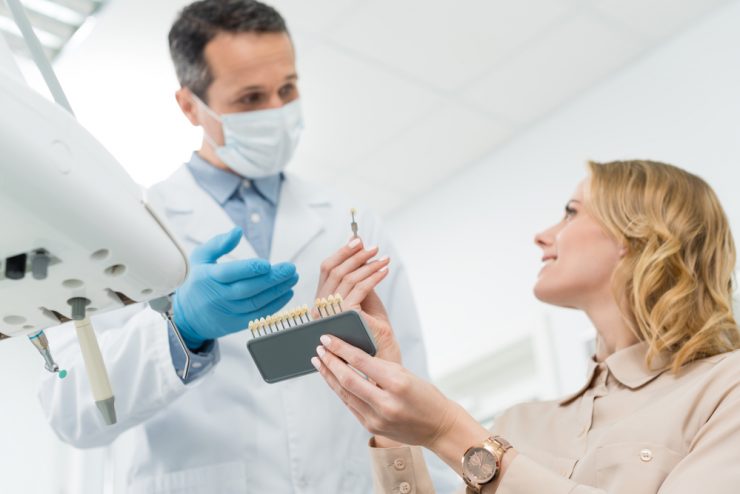Tinea pedis is also called the athlete’s foot; it is a fungal infection that affects the skin on the foot. It is a very common condition and every boy is affected by it at least once in their life time. The infection affects the skin in between the toes making it itchy, red, flaky and sore. It generally affects the teenage and the adult population. If the condition is treated it will last for a few weeks, if not it can spread and last for months or even a year. Proper foot hygiene can prevent this condition.
SYMPTOMS
The rashes developed due to this condition can lead to itchy, dry, red, scaly, and flaky surface. The other common symptoms are cracked skin, swelling of the skin, blistering and stinging sensation on the skin. When the condition gets severe the cracks or the flaky skin will loosen out and expose the raw skin underneath, this can enhance the risk by causing a secondary bacterial infections. If the rashes are not treated they will lead to spreading towards the bottom and sides of the feet, it can also spread to the toe nails and can cause it to wither away or become crumbly. It generally last for 1-10 days if it is treated.
CAUSES
The fungi that causes this condition is called dermatophytes, they are parasitic fungus that thrives on other beings to stay alive. The feet provides excellent condition for the fungi to thrive on, it’s generally moist, warm and dark between the toes and under the foot. This condition is contagious; it can spread through direct and indirect contact. It can be contacted by using the same towels, foot wares, clothes and bed sheets. Locker rooms, showers and swimming pool are generally places that can pass on the fungi, because these places have the right kind of condition for the fungi to thrive on. It is common amongst people who are involved in sports and thus the name.
DIAGNOSIS
This condition is quite common and can be diagnosed with out the help of a doctor. If it is causing discomfort or pain then it is advisable to visit a general physician. Sometimes the GP might take a sample of the affected region for examining it thoroughly in the lab. Depending on the results the GP will continue with the treatment.
TREATMENT
Self Care: Wash the feet regularly and thoroughly with water and soap. Once you wash the feet thoroughly dry it using a clean towel paying particular attention to the regions between the toes. Wear clean cotton socks at all times. Change into clean socks daily to maintain hygiene and keep the feet as dry as possible, particularly after an exercise.
Antifungal medication like creams, sprays, liquids, and powders are prescribed by the doctors. Antifungal medication like terbinafire, clotromazole, econazole, ketoconazole, miconazole, and sulconazole are available in the market.
PREVENTION
- Wash feet daily especially between toes.
- Use talcum powder on the feet.
- Avoid tight-fitting foot wears especially during the summers.
- Wash towels and bedding regularly,
- Do not wear socks before drying your feet,
- Wear flip-flops or plastic wears in shower areas or changing rooms.













